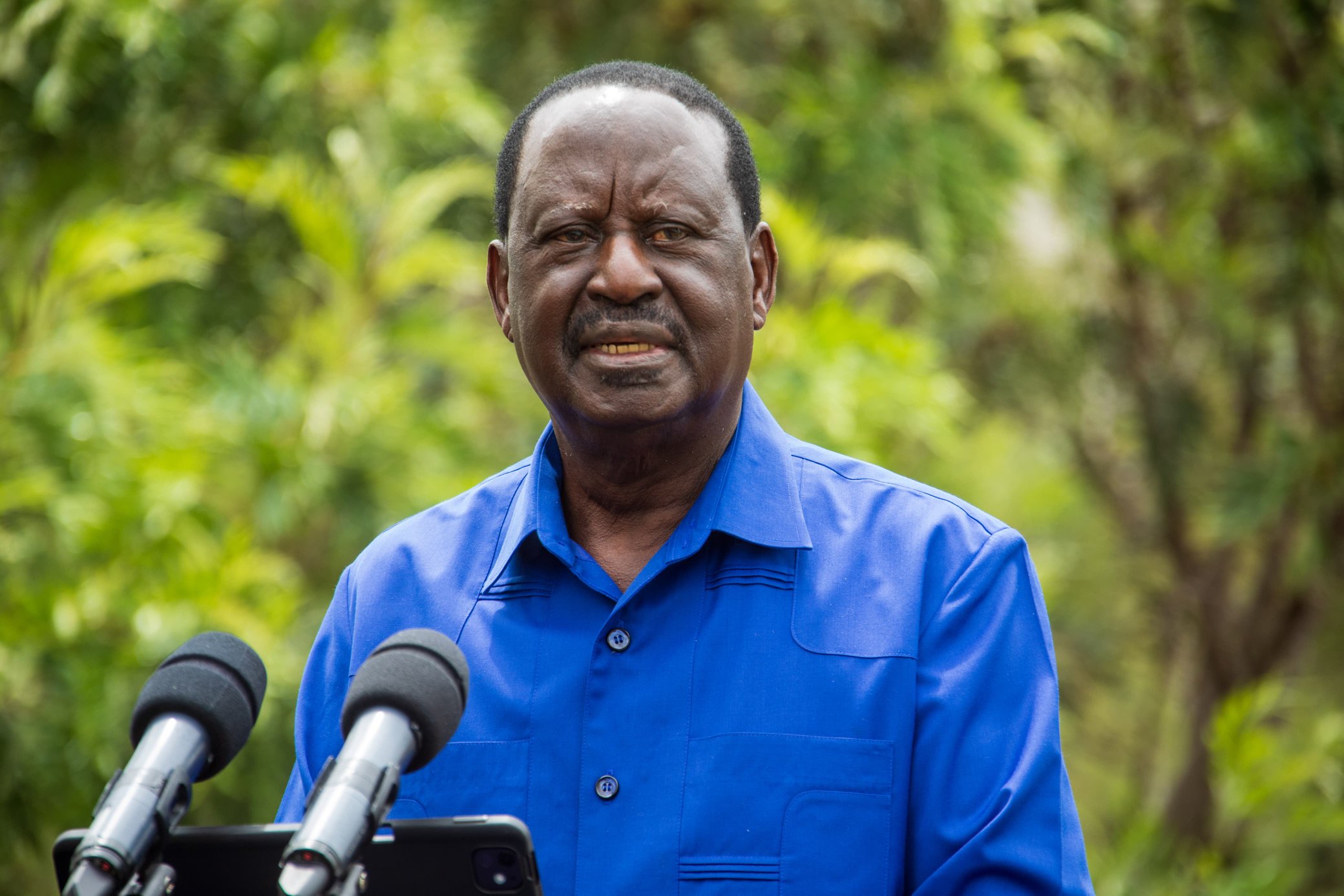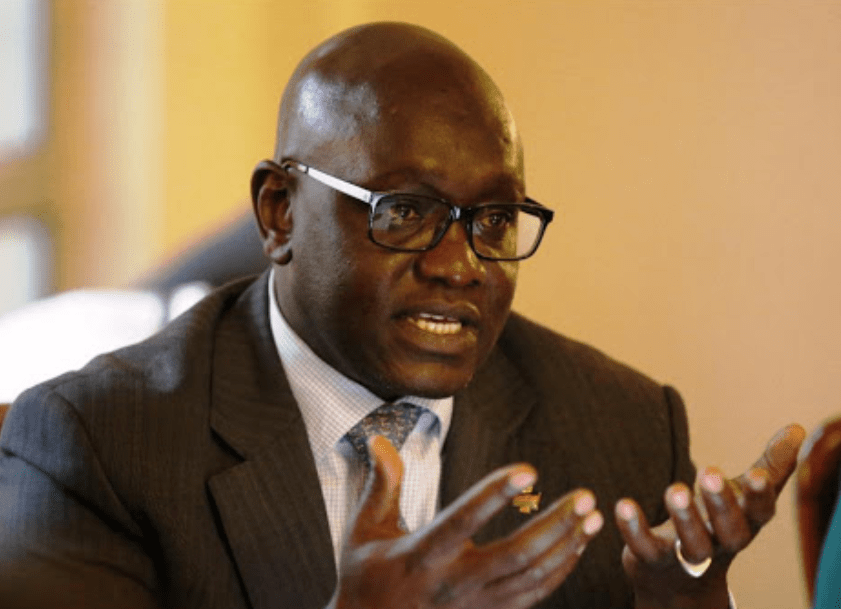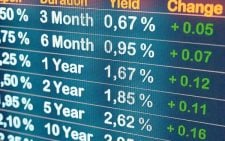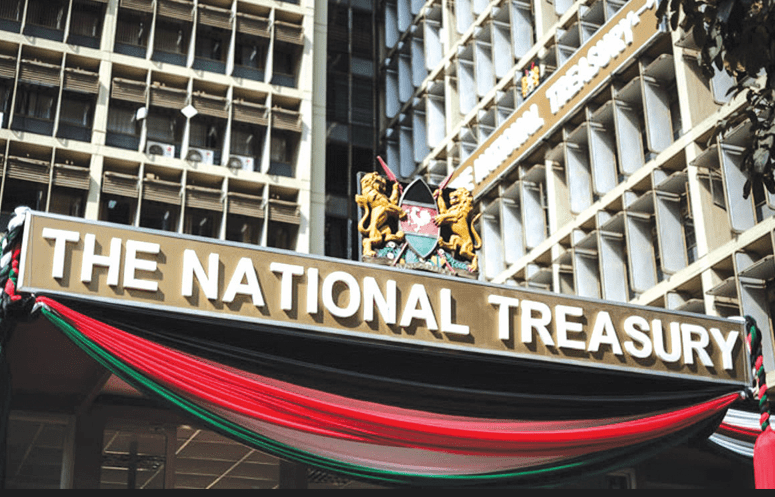Uganda emerges top source of Sh120b illicit alcohol tax leak for Kenya, report says

Illicit alcohol now makes up 60 per cent of total alcohol consumption and sales in the Kenyan market, posing a serious threat not only to the country’s economy, but also to the health and safety of millions of consumers.
According to a new report commissioned by the Alcoholic Beverages Association of Kenya (ABAK), Euromonitor International notes that a significant portion of this illegal trade originates from Uganda, with smuggling routes extending across East African borders into Kenya.
The report highlights that in 2022 alone, Kenya saw an estimated 1.9 million litres of illicit alcohol sold, with artisanal homebrews such as chang’aa, busaa, and muratina forming nearly two-thirds of that volume.
These brews have traditionally existed in rural and low-income urban areas, but the report finds that a growing segment of the illicit alcohol problem stems from smuggled spirits, primarily ethanol-based products sneaked in through porous borders.
“Cross-border smuggling from Uganda and Tanzania brings in harsh spirits especially popular near borders like the Nyanza region before making their way into cities,’’ the report revealed.
Uganda emerges as the dominant source, with Tanzanian and Ethiopian routes also gaining notoriety. These countries are noted for being hubs of loosely regulated or informal alcohol production, making it easier for smugglers to transport high-strength spirits into Kenya. Once across the border, these illicit products often make their way into western Kenya—particularly the Nyanza region—before being distributed to urban centres including Nairobi and Mombasa.
Leaking borders
Porous border points and under-regulated trade channels are major enablers of this growing crisis. The report flags specific trade loopholes at both official and unofficial entry points where enforcement is minimal or non-existent. In many instances, smuggled alcohol is disguised in cargo, transported by boda boda operators, or brought in via footpaths that cut across the border.
The impact of unchecked flow of illicit alcohol is already being felt across multiple sectors. Legal alcohol manufacturers are losing significant market share, resulting in job losses, factory downsizing, and slowed investment in the formal sector. The government is also taking a financial hit, with more than Sh72 billion in potential revenue lost annually due to illicit trade. This revenue, if recovered, could fund vital services such as healthcare, education, and infrastructure development.
The infiltration of smuggled alcohol into informal urban markets is particularly alarming. In densely populated slums, the report finds that low-cost counterfeit spirits are openly sold in kiosks and small shops. These drinks are not only cheap but also highly potent, often made with unsafe ingredients like industrial ethanol or contaminated water. Lacking any form of quality control or health safety certification, they present grave health risks, ranging from blindness to death.
For ordinary consumers, the implications are dire. Many people, especially in low-income communities, turn to these illicit alternatives because they are far more affordable than legally taxed beverages. A 250ml bottle of counterfeit vodka can cost as little as Sh50, compared to over Sh200 for a standard legal product. But this affordability comes at a steep cost. Cases of alcohol poisoning, organ failure, and fatal overdoses are common in areas where consumption of smuggled spirits is high. Emergency wards in public hospitals often admit patients suffering from severe complications after consuming illegal alcohol, overwhelming an already strained healthcare system.
Untraceable sources
Moreover, consumers are left with no legal recourse when harmed by these products. Unlike regulated alcohol, whose manufacturers can be held accountable, illicit alcohol comes from unknown, untraceable sources. Victims and their families are left to bear the burden alone, with no compensation or justice.
Women and youth have also been disproportionately affected by this illicit trade. In many cases, young people, lured by the promise of quick money, become distributors or runners in the smuggling network. Meanwhile, women in economically challenged households face the dual burden of caring for sick family members and dealing with financial instability when the primary breadwinner suffers alcohol-related complications or dies.
The growing scale of the problem has pushed stakeholders to call for urgent, coordinated action. During the report’s launch, Benjamin Rideout of Euromonitor International urged Kenyan authorities to strengthen monitoring and control at border entry points, especially those known for smuggling activity. Representatives from the National Authority for the Campaign Against Alcohol and Drug Abuse (NACADA), Kenya Revenue Authority (KRA), Kenya Bureau of Standards (KEBS), the Directorate of Criminal Investigations (DCI), and the National Police Service also echoed the call for a unified enforcement strategy.
Regular inspections required
One of the key recommendations is the establishment of a joint task force to monitor illicit alcohol movement across primary, secondary, and tertiary markets. The task force would coordinate intelligence sharing between border patrol units, police, customs officials, and alcohol regulators. They would also be tasked with regular inspection of transport vehicles, market stalls, and storage facilities suspected of housing illegal brews.
Further, the report recommends increasing public awareness campaigns to educate consumers about the dangers of illicit alcohol. Many Kenyans are unaware that the cheap drink they are consuming could contain methanol, a chemical that can cause blindness or death even in small quantities. Education efforts would also aim to discourage participation in the trade, especially among youth and small-scale vendors.
At the policy level, experts suggest that improving the affordability and accessibility of legal alcohol could undercut the demand for illicit options. Tax reforms that lower production and distribution costs for licensed manufacturers may help bridge the affordability gap, making legal options more competitive in low-income markets.
There’s also a push to modernize the tracking and verification of legal alcohol through digital stamps and tamper-proof packaging, making it easier for consumers to distinguish between safe and unsafe products. KEBS and KRA have been piloting such programs, but widespread implementation remains limited.
Ultimately, reversing the rise of illicit alcohol in Kenya will require a long-term, multi-faceted approach—one that tackles supply chains, enforces regulations, and addresses the socioeconomic conditions that make illicit alcohol appealing to both consumers and sellers.














